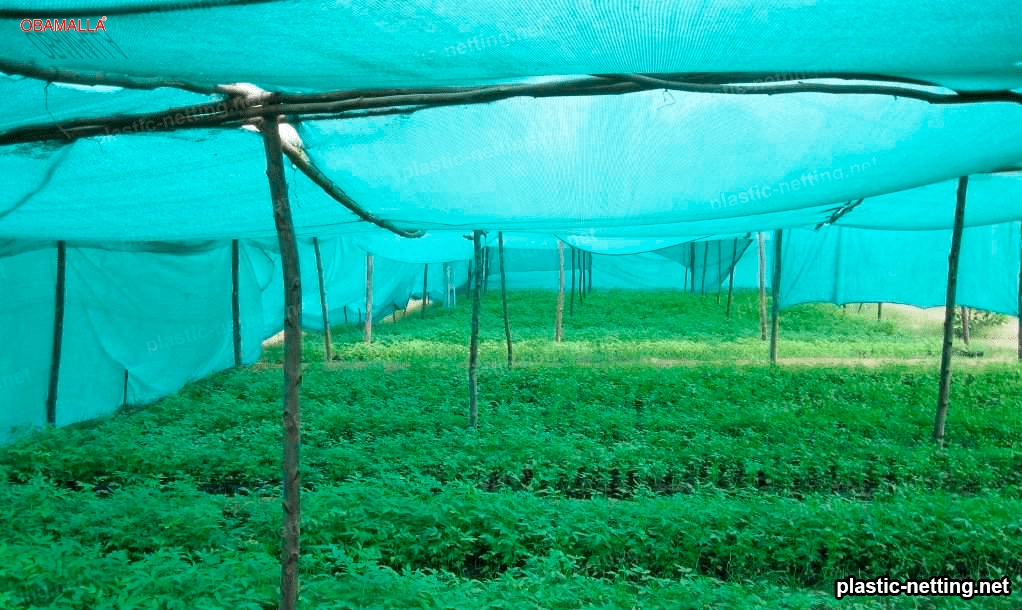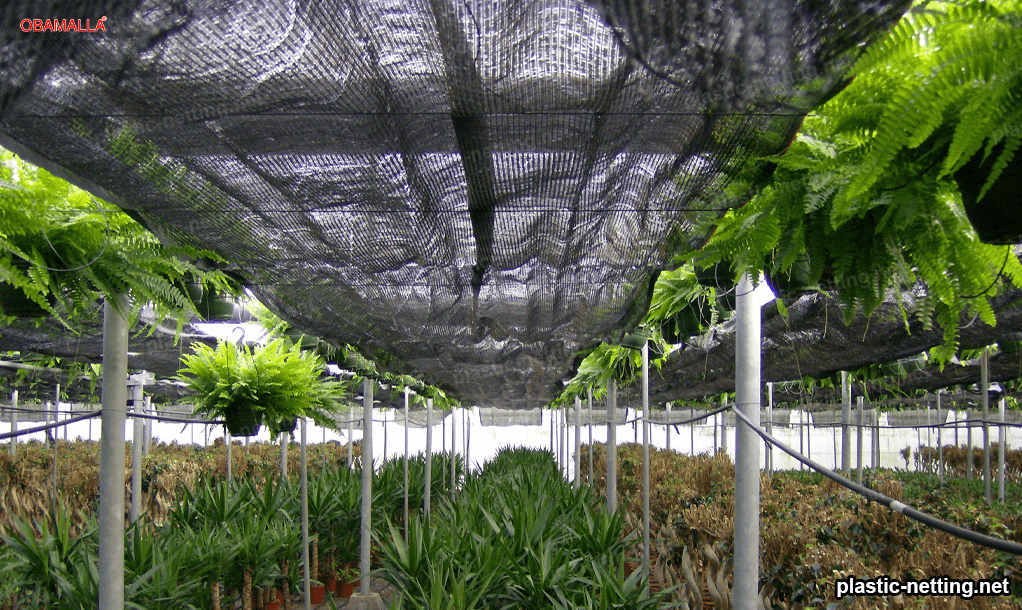Introduction
Shading netting has become an increasingly common necessity in all habitats where the sun becomes a problem. It allows sunlight to be controll while maintaining the privacy of spaces at the same time.
Why is it essential to regulate the temperature of a crop?
Regulating crop temperature with shading netting is an important technique to ensure healthy plant growth. These fabrics provide partial shading, which allows direct heat from the sun to be reduce. As it is one of the main sources of higher temperatures. Shading netting helps protect the plant from excess ultraviolet radiation, which can be detrimental to plant development. In addition to providing the right amount of shade for the plant, shading netting also helps regulate the temperature of the crop.
In many environmental zones, plants are grow outdoors during the summer. These plants are constantly expose to the heat of the sun. However, this can also increase the soil temperature significantly, which can affect plant growth and development. This is because air and soil temperature affect the microbial content of the soil. When soil temperature increases, the amount of microbes also increases, which can significantly affect plant growth.
In these circumstances, shading netting provides soil temperature regulation for the crop
These fabrics provide shade to the plant, which reduces the soil temperature. This also helps reduce the risks associated with the growth of microorganisms in the lower soil. The moderate temperature allows for greater nutrient uptake by the plant and improves the plant’s growth rate.
In addition to regulating the ambient temperature, these cloths also protect the plant from wind, which helps prevent them from drying out too quickly. This also allows for better exchange between air and soil. This means that the soil stays moist for longer, resulting in a more stable climate for the plant. This helps keep the soil at a significantly lower temperature, which helps maximize healthy plant growth.
One of the main benefits of shading netting is its versatility. These fabrics can be choose according to the region where the plant is grow and the amount of shade need. This means that it can be use to meet the specific needs of any garden, orchard or other type of planting, depending on what is being grow. In addition to this, temperature regulation with shade cloth allows the plant to develop in more controlled conditions, which contributes to better growth.
Ultimately, temperature regulation of the crop with shade cloth is an essential practice for healthy plant growth. These fabrics provide shade, which means moderate soil temperature, avoiding excess ultraviolet radiation and improving air exchange with the soil. In addition, these fabrics provide the necessary protection against wind and extreme heat. This allows the plant to develop in a natural and healthy way and helps to improve crop quality.

There are many types of shading netting to meet various needs. These include:
– Fabric mesh:
This is perhaps the most common. It is compose of a woven wire fabric that may be cover with a coating for added protection against wear and tear. It can be use for farm, garden, yard and in buildings. The wire mesh is very easy to install.
-Ductile wire mesh:
This is another popular shading netting. It is composed of a ductile composite wire mesh, which gives it greater strength. This makes it ideal for industrial and large-scale use. Its main advantage is its resistance to weathering and extreme temperatures.
-Expanded wire mesh:
This mesh is made of high quality steel wire with rounded edges. This makes it free from electric shock, which makes it safe for use in domestic environments. It is also resistant to rust and potential weathering problems.
– Expanded plastic mesh:
This mesh is made from recycled plastic, making it an excellent sustainable alternative to metal mesh. Plastic is lighter and easier to install, while offering good weather resistance and durability. It is perfect for areas with weight restrictions.
– Sheet metal shading netting:
This is a mesh made from galvanized steel sheets. This makes it rust resistant and durable, making it suitable for outdoor applications. The light weight makes it ideal for applications where there are load limits.
– Shaded plastic mesh:
This mesh is made of lightweight, durable plastic. It can be use in applications where weathering and corrosion are an issue. This mesh is available in other materials such as aluminum, making it a widely used choice in building and industrial applications.
– Felt mesh:
Felt is use in the manufacture of shade cloth because it offers excellent privacy. This makes it ideal for insulated use. This material is designed to resist weathering, making it suitable for long-term outdoor applications.
– Shade cloth mesh with foam:
This is a mesh that combines a non-woven fabric and a foam layer to offer weather resistance and softness. This mesh is ideal for use in shaded areas and production areas requiring a higher level of shading.
In general, there is a wide variety of shading nets to choose from depending on the application and budget required. The materials used for construction offer different levels of strength, durability and ease of installation. In addition to determining which type of mesh is best for the application, sustainable alternatives such as plastic mesh should be considered. Shading screens can save energy, offer a better quality of life, and preserve the environment.

Advantages provided to a crop by the use of shading netting
Initially, the shading netting retains moisture in the soil. This not only reduces the need to irrigate crops with artificial water, but also helps to ensure that nutrients are not lost too quickly. Moreover, it reduces stress on the crop, which results in better yields.
Next, let’s also consider that it helps regulate temperature. This improves crop quality by preventing the food from receiving high temperatures. This also ensures better growing conditions for crops, making them more resistant to the effects of intense heat. In addition, shading netting provides greater resistance to the incidence of insects and pathogens.
It also reduces evaporation, which saves drinking water
This is of great importance for sustainability in agriculture, especially on a global scale. This prevents farmers from having to abuse natural supplies such as rivers and aquifers, which provide water for crops.
Also, shading netting keeps sunlight away from the soil, which reduces the growth of unwanted weeds. This greatly reduces the need to use herbicides to eradicate unwanted weeds. This means fewer chemicals leaching into and mixing with the soil, resulting in less damage to the environment. And it serves to protect food from birds, which is a considerable advantage for farmers. It prevents produce produced in the fields from being destroy by birds, whose incursions can cause considerable losses to farmers.
Although shading netting may result in a higher initial cost to farmers, the benefits of using it are so impressive that investing in it is much more cost-effective than using it. Farmers who opt to use shade netting will surely get better results with less expense and effort.
